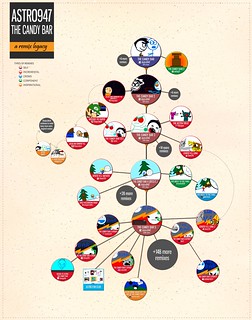Can crowds fill the void left by defunct newspapers? Reflections on our experiments with locative crowdsourcing
Tuesday, November 12th, 2013Write up by Andrés Monroy-Hernández and Elena Agapie, building on the work of J. Nathan Matias
Motivated by the disappearance of local newspapers, this past summer, we started to explore new ways of supporting community news production through collaborative writing tools. The first incarnation of this is NewsPad, a system for neighborhood communities to collaboratively to report on local events such as festivals and town hall meetings.
One of the first challenges we encountered when testing NewsPad in the wild, was the difficulty of bootstrapping these collective action efforts to produce even lightweight articles in the form of lists, also referred to as listicles.
We decided to explore this challenge using on-demand, location-based labor through TaskRabbit. We were able to produce articles about the events in under an hour, and for less than $100. Here we we share some of initial reflections after running a few experiments.



